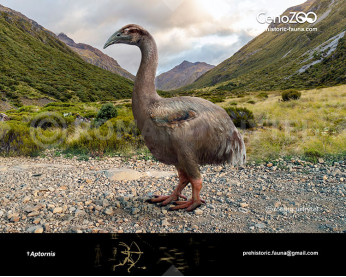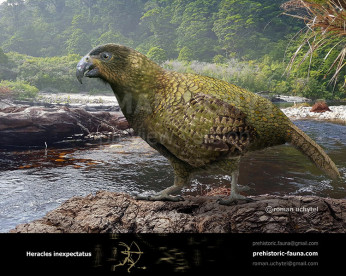Giant Marabou
1000000004310000000043
Giant Marabou (†Leptoptilos robustus (Meijer & Awe Due, 2010))
Class: Aves
Order: Ciconiiformes
Family: Ciconiidae
Time period: Middle to Late Pleistocene (The stork was endemic to island of Flores in Indonesia)
Size: more than 170 cm in height, ~16 kg of weight
Leptoptilos robustus is an extinct species of stork belonging to the genus Leptoptilos that lived on the island of Flores in Indonesia during the Pleistocene epoch. This stork most likely had a slender body characteristic of extant members of Leptoptilos, but was much larger in body size and height, with individuals reaching up to at least 1.8 meters tall and weighing approximately 16 kilograms. The bone fragments found of this species were indicative of its large size when compared to skeletal measurements from the extant species, Leptoptilos dubius. Due to having heavy bones and a heavy body it was formerly assumed that it rarely, if ever, flew. A 2022 study, describing additional elements of the wing, found that there was no proportional reduction in the length of the wing as might be expected if it had reduced flight capabilities or was flightless, and thus it was likely fully flight-capable. The size of L. robustus is not unusual compared to many extinct members of the genus, which reached comparable sizes.
The island of Flores, Indonesia is distinct in its isolation, separated from the Sunda continental shelf by deep water all year round. Currently, the limited number of species and the unbalanced nature of the species present is a consequence of the extremely insular nature of the island. Liang Bua supports only a few of the clades from the mainland and lacks specific groups such as mammalian carnivores. This resulted in the distinct dwarfism of mammals and the gigantism of other vertebrate species, an effect known as the island rule. L. robustus in the Pleistocene epoch would have experienced similar, if not the same, geographical conditions as the extant species residing on the island today.
Оплата
У Вас є кілька зручних способів купівлі зображення: кредитна чи дебетова картка Visa, Mastercard, Maestro; PayPal або банківський переказ
Giant Marabou (†Leptoptilos robustus (Meijer & Awe Due, 2010))
Class: Aves
Order: Ciconiiformes
Family: Ciconiidae
Time period: Middle to Late Pleistocene (The stork was endemic to island of Flores in Indonesia)
Size: more than 170 cm in height, ~16 kg of weight
Leptoptilos robustus is an extinct species of stork belonging to the genus Leptoptilos that lived on the island of Flores in Indonesia during the Pleistocene epoch. This stork most likely had a slender body characteristic of extant members of Leptoptilos, but was much larger in body size and height, with individuals reaching up to at least 1.8 meters tall and weighing approximately 16 kilograms. The bone fragments found of this species were indicative of its large size when compared to skeletal measurements from the extant species, Leptoptilos dubius. Due to having heavy bones and a heavy body it was formerly assumed that it rarely, if ever, flew. A 2022 study, describing additional elements of the wing, found that there was no proportional reduction in the length of the wing as might be expected if it had reduced flight capabilities or was flightless, and thus it was likely fully flight-capable. The size of L. robustus is not unusual compared to many extinct members of the genus, which reached comparable sizes.
The island of Flores, Indonesia is distinct in its isolation, separated from the Sunda continental shelf by deep water all year round. Currently, the limited number of species and the unbalanced nature of the species present is a consequence of the extremely insular nature of the island. Liang Bua supports only a few of the clades from the mainland and lacks specific groups such as mammalian carnivores. This resulted in the distinct dwarfism of mammals and the gigantism of other vertebrate species, an effect known as the island rule. L. robustus in the Pleistocene epoch would have experienced similar, if not the same, geographical conditions as the extant species residing on the island today.

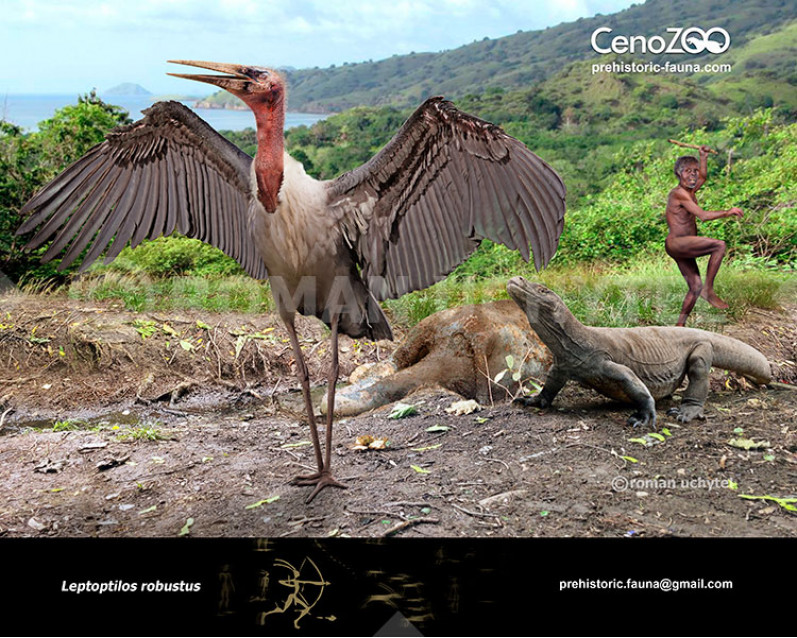
1-797x638.jpg)
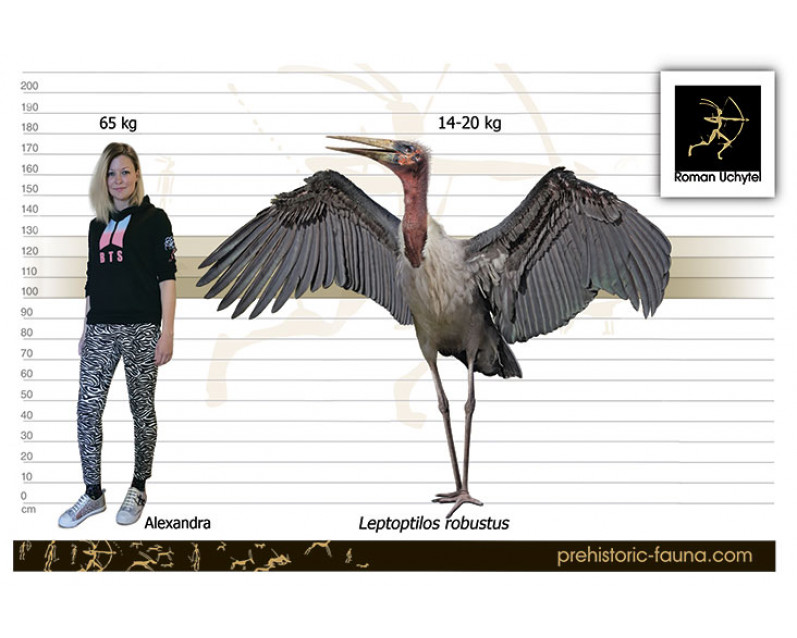

1-70x56.jpg)

1-346x277.jpg)
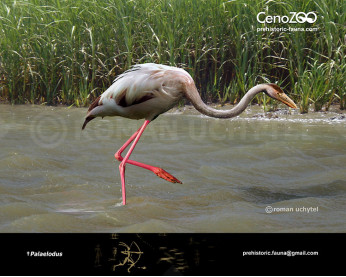
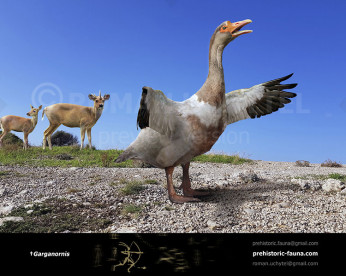
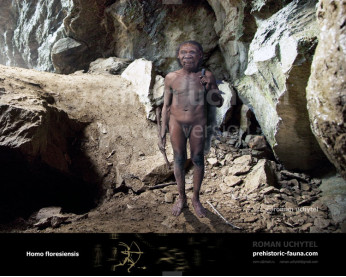
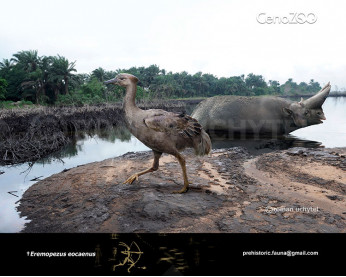
-346x277.jpg)
